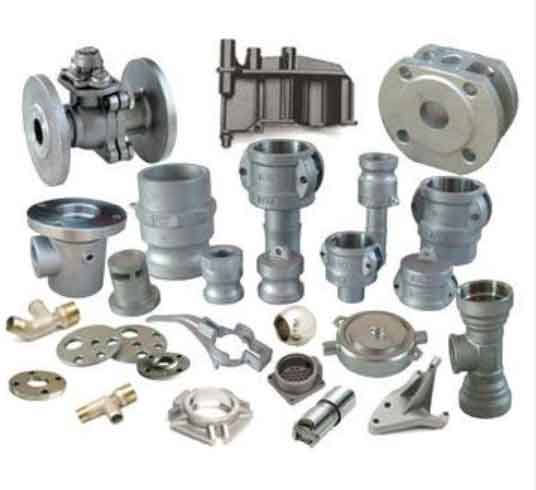While sand casting is a widely used and versatile manufacturing process, it does come with its own set of challenges. Here are some common challenges in sand casting parts production and their corresponding solutions:

- Porosity and shrinkage defects: Porosity and shrinkage defects can occur due to improper gating and risering design, inadequate mold compaction, or improper pouring techniques. To address these issues, careful gating and risering design should be done to ensure proper flow and minimize turbulence. Proper compaction techniques and adequate feeding systems can also help reduce porosity and shrinkage defects.
- Surface finish and dimensional accuracy: Achieving the desired surface finish and dimensional accuracy can be challenging in sand casting due to the nature of the process. To improve surface finish, proper mold surface preparation, such as using high-quality molding sand and coatings, can be employed. Controlling the mold temperature during casting can also help reduce surface defects. For dimensional accuracy, precise pattern-making and careful mold assembly techniques are crucial.
- Casting defects: Various casting defects, such as sand inclusions, cold shuts, and misruns, can occur during the sand casting process. These defects can be mitigated through proper mold design, gating and risering system optimization, and controlling the pouring temperature and speed. Regular inspection and quality control measures, such as non-destructive testing, can help identify and address casting defects.
- Pattern and core production: Creating accurate and durable patterns and cores is essential for successful sand casting. Challenges in pattern and core production include maintaining dimensional accuracy, achieving proper draft angles, and ensuring adequate strength. Using computer-aided design (CAD) and computer-aided manufacturing (CAM) systems can improve pattern and core production accuracy. Additionally, employing high-quality materials and proper molding techniques can enhance pattern and core durability.
- Mold and sand reclamation: Managing and reusing molding sand is an important aspect of sand casting. Challenges related to mold and sand reclamation include sand degradation, contamination, and moisture content control. Implementing effective sand reclamation systems and regular testing of sand properties can help maintain the quality and consistency of the molding sand.
- Environmental impact: Sand casting processes can generate waste materials, such as excess sand and metal scraps. Proper waste management and recycling practices should be implemented to minimize the environmental impact. Additionally, adopting sustainable practices, such as using reclaimed sand, reducing energy consumption, and implementing green sand reclamation techniques, can help make sand casting more environmentally friendly.
- Labor-intensive processes: Sand casting can involve manual labor in various stages, including mold preparation, core placement, and finishing operations. Automation and mechanization can be introduced to reduce labor-intensive processes and improve productivity. Robotic systems and automated equipment can be employed for tasks such as mold handling, pouring, and post-casting operations.
Addressing these challenges requires a combination of process optimization, material selection, quality control measures, and continuous improvement efforts. By implementing proper techniques, investing in advanced technology, and adopting best practices, manufacturers can overcome these challenges and achieve high-quality sand casting parts.
